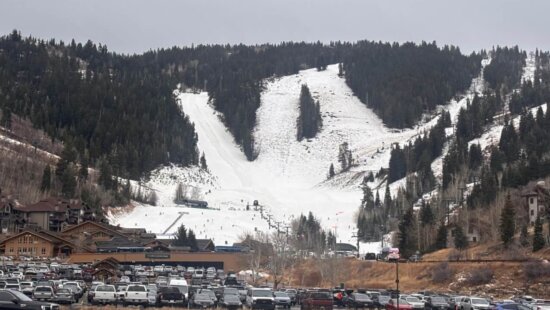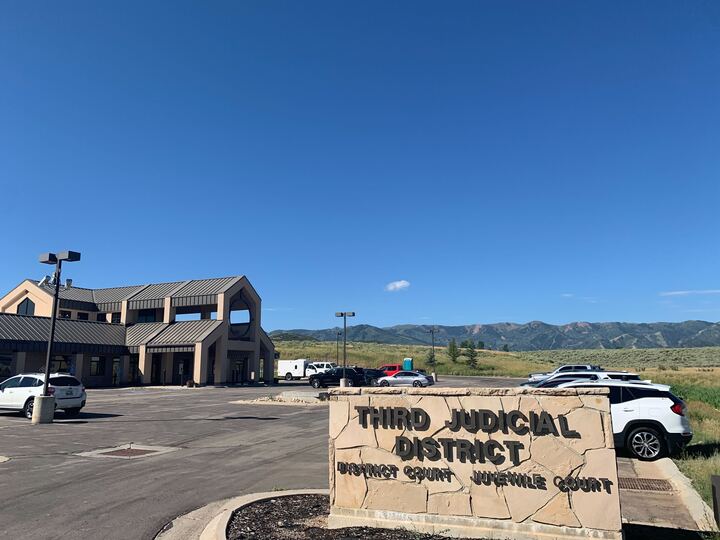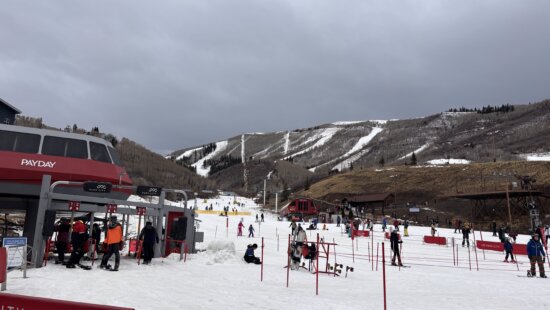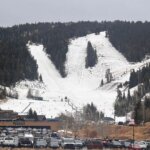News
Park City Mountain base area developer believes they’ve satisfied all concerns to move forward, Planning Commission unready to hold a vote
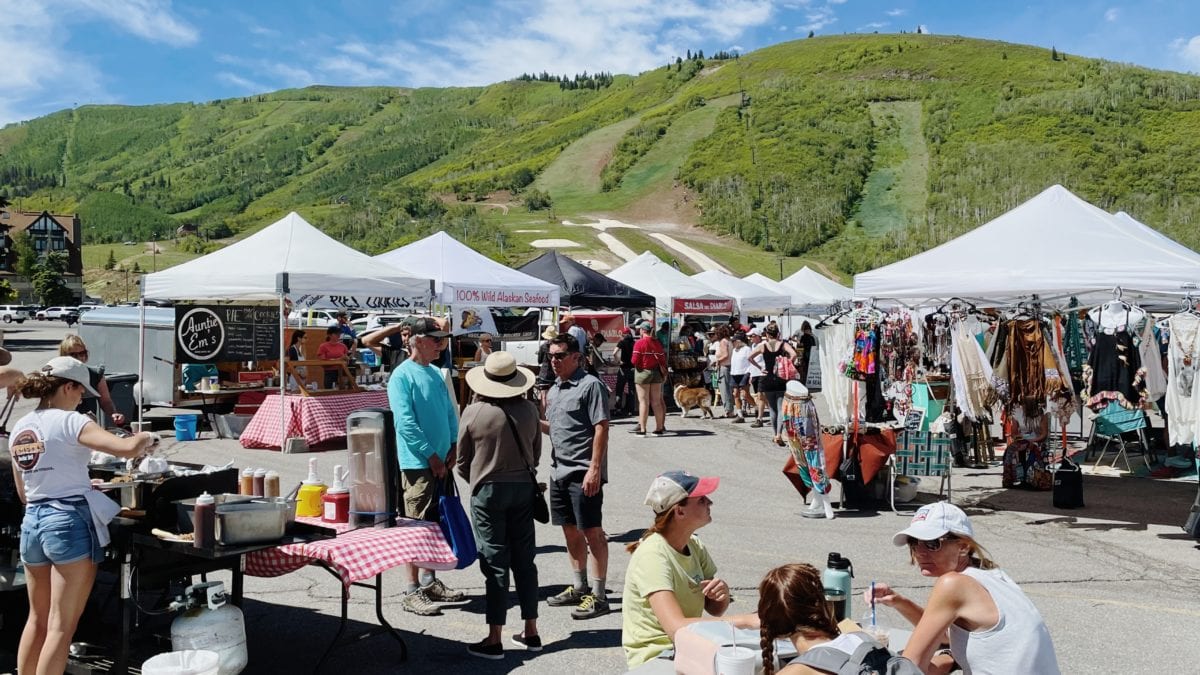
Park City's Farmer's Market opens Wednesday, May 29. Photo: TownLift
PARK CITY, Utah. — The possibility of Park City Mountain’s lower parking lot being developed has loomed since 1998 when the city conducted a Base Area Master Plan Study. Since then, developers have come and gone with the intention of cashing in on what is surely one of the country’s prized ski area development opportunities.
However, one specific contingent has proved to be an insurmountable hurdle over the last 23 years. That is, throughout the course of construction, Park City’s skiers must have access to as many parking spaces as are available today. Given that the construction would eliminate some 800 parking spots, this is a tall order.
Yet, PEG Companies is convinced they can do it. Robert Schmidt, president of PEG Companies, plans to construct the parking garage first. “We would have to start building as soon as the ski season closes,” he says.
The development would forever change the Park City experience, as it would provide a new transportation center and alter the traffic flow. In a letter to the Park City Planning Commission, Vice President and Chief Operating Officer, Mike Goar, voiced his support of PEG’s development plan, claiming it will be “transformative for Park City residents and visitors alike”.
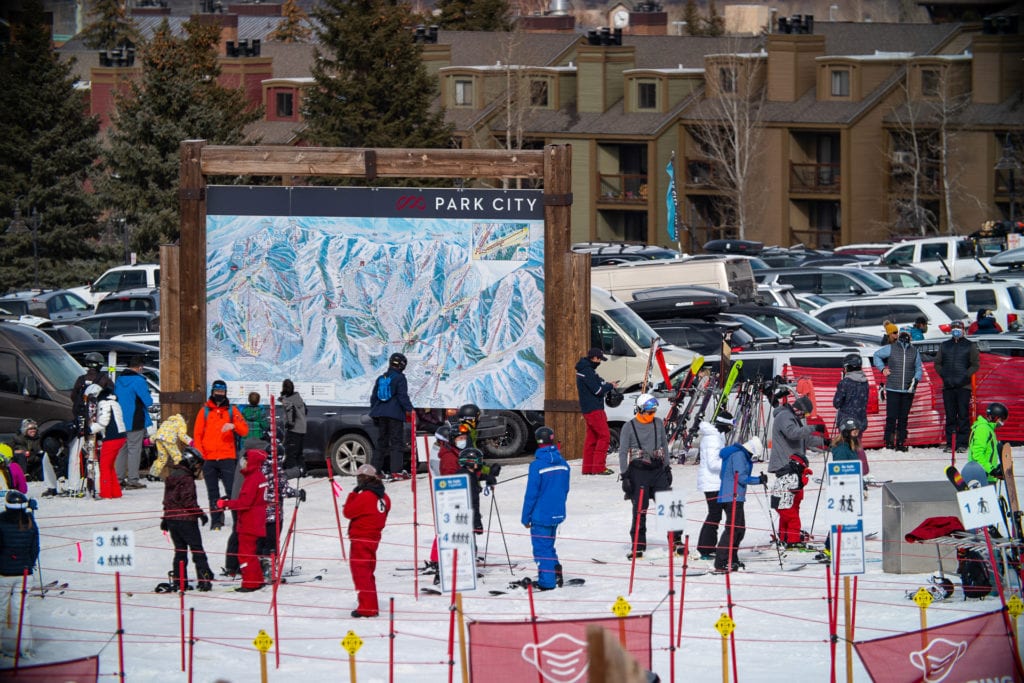
It is clear that, if all goes according to plan, the new construction would benefit the resort greatly. Among the proposed structures include a hotel, retail space, restaurants, condominiums and day skier parking. Additionally, the project would include 66 units of employee housing and and 21 units of affordable housing, with each unit equivalent to a 900 square foot apartment. An estimated 500 long-term jobs are also expected to be created as a result.
However, locals’ concerns about the project’s impact on pedestrian and automotive traffic remain at the forefront of discussions in the Planning Commission meetings.
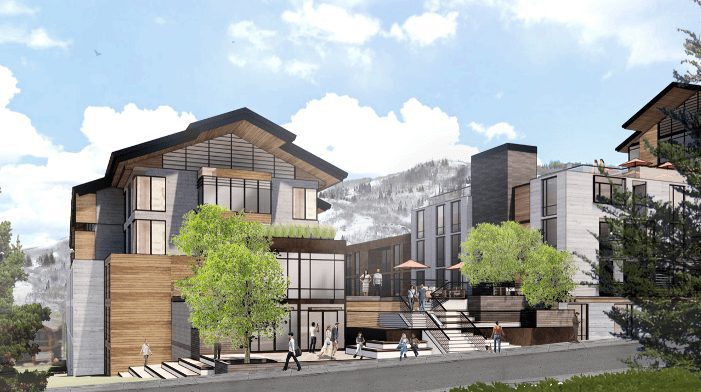
To alleviate traffic concerns, PEG hopes to utilize modal split transportation principles. “We want to get people out of their cars and onto buses, primarily for their arrival and departure from the ski resort. We also want to increase carpooling and activities for pedestrians and bicycles,” says Schmidt. To accomplish this, they intend to shift away entirely from free parking to paid parking, and to utilize satellite parking lots outside of city limits, potentially at Richardson Flat and Quinn’s Junction, from where skiers would catch a bus or shuttle.
At the conclusion of the nearly five-and-a-half hour meeting, Schmidt was visibly worn down. “I feel like we’ve taken every effort to address the concerns of the commission. My concern now is, I don’t know where the end of this process is… What we’re providing here is a world-class improvement to a world-class resort. We need a path forward on this. I feel like right now, we don’t know where that path is.”
Schmidt’s frustrations can be understood when one considers that for every significant delay in the planning commission’s approval process, construction must be pushed back another year.
The chair of the Park City Planning Commission, John Phillips, reiterated at the close of the June 16th meeting that while Schmidt and PEG Companies have demonstrated a willingness to address the commission’s concerns, they will not be prepared to hold a vote until they’ve had at least several more meetings to address all of the issues at hand. “This is a long process,” he said.
















